Xiaguan products are as safe as houses - they are low-risk, and often very enjoyable. I have my concerns that the latterday productions, in the black-smoke genre, may have uncertainty with regard to how well they will age, but time has thoroughly approved the traditional recipes.
This "teji" [special grade!] tuocha is, despite its name, one of the less expensive examples of Xiaguan's output. It has a "Big G" logo, which tells us that it is above the usual rank-and-file of the company's productions. In the image below, you might be able to see (just about) the embossed "G" logo pressed into the surface of the tuocha. You can pick up modernday "teji" tuocha for exceedingly low prices, and they can tend to be safe bets as far as storage goes.
This being a tuocha, and this being a Xiaguan tuocha in particular, you will expect a high degree of compression. If you want to see some significant age on your Xiaguan tuocha, you'll need to have stored it in one of the classic environments: Hong Kong, Taiwan, Singapore, etc. That tightness does not lend itself to rapid aging. Of course, the thinking typically goes that tightly-compressed teas, while taking longer to arrive at "maturity", may often yield better final results than more loosely-compressed teas. The "12 Gentlemen" cakes, for example, adhere to this philosophy, as do Xiaguan.
All that compression means that it's time to break out the heavy machinery if you aim to get any leaves out of the tuocha. I chose my old faithful tool for such occasions: a rusty 30cm-long crowbar.
My approach to removing leaves from tuocha is to "take off and nuke the site from orbit". I believe it was Milton who wrote that.
Wiping the perspiration from my brow, I clutch the spoils of conflict in my grubby hands and make haste to brew the results.
Terje wrote that this is a shicang tea [wet storehouse], and yet any aggressive moisture in its storage must be in its history, as the result is not overtly "damp" in character.
I would be quite surprised if this tea really were from 2004* - it tastes very modern, with its full compliment of "black cigar" smokiness, and the sweet grain of Dali-region leaves. If you've tried any of the recent Xiaguan tuocha, then you know what we're up against here. The result is fresh, charming, and rather young.
*The tube indicates September, 2004, and so it is correct!
*The tube indicates September, 2004, and so it is correct!
Maximum superkudos once again to Terje, our generous benefactor, for this fresh, Xiaguan example. I liked it very much, but, then again, I tend to like the rugged blackness and sweet granary characteristics of modern Xiaguan. This little fellow is much more enjoyable than some of the recent Xiaguan cakes, due to the relative lightness of its tell-tale Xiaguan house style.
Addendum: $44 at Red Lantern Tea. Perhaps a bit expensive, but it is an enjoyable Xiaguan.

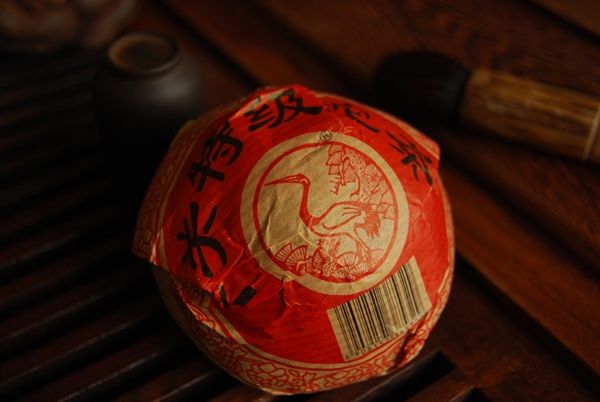
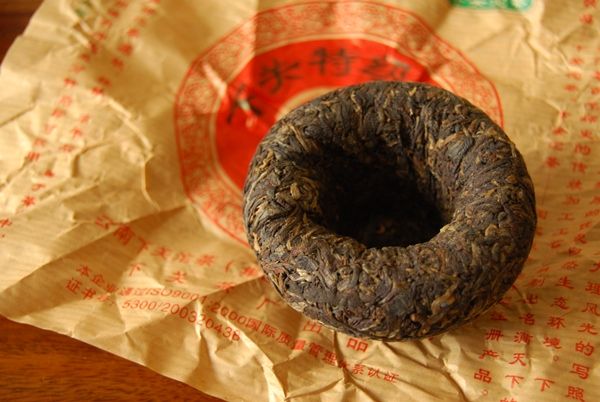
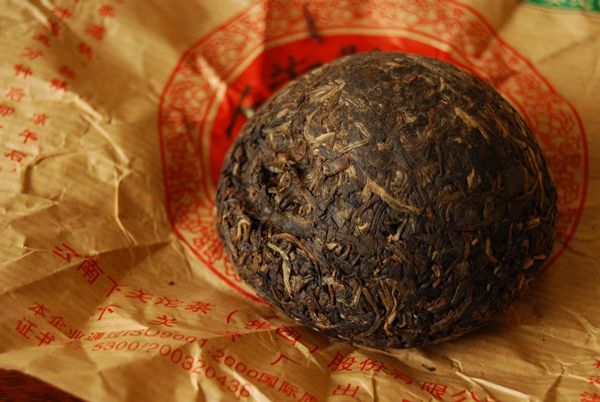
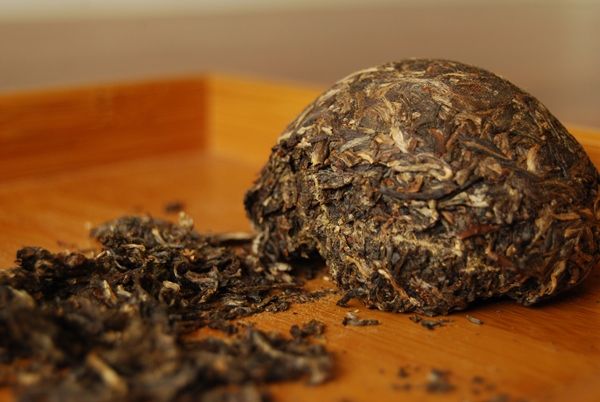

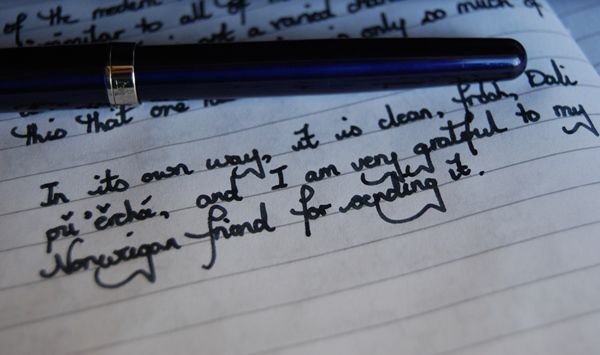
Sheldon Cooper would pitch a fit, reading this.
ReplyDelete--shah8
Totaly know what you are speaking about! :-) When I had my first Tuo Cha ever (Xia Guan Bao Yan 2006/7 cant remember, but not the Yin Cha!!) I cut accidently cut my hands few times! :-D
ReplyDeleteRegarding the aging: I had a Jia Ji 2001 aged in Kunming (dry storage)and its really smooth and fruity now. I prefer dry storage pu erhs. It may be really hard-pressed, but the leaves used for these tuos are chopped a bit and that has impact on aging too!
Btw, beautiful blog :-)
Fellow pu erh lover from Slovakia :-) http://natureandtea.blogspot.com/
Dear Shah,
ReplyDeleteI had to Google "Sheldon Cooper"!
Dear Branislav,
Thanks for the comment, and for the link to your blog - I've added you to my Google Reader!
Toodlepip,
Hobbes
Did you really use a crowbar? :)
ReplyDeleteMatej
*Actual tool used may not have been rusty 30cm-long crowbar.
ReplyDelete